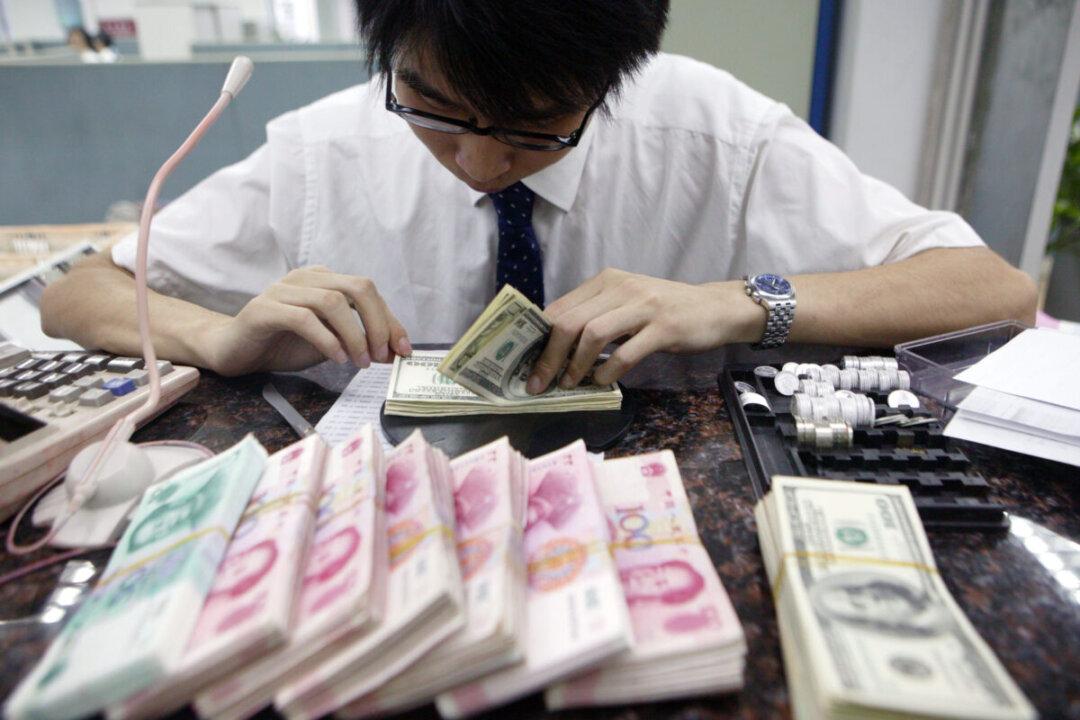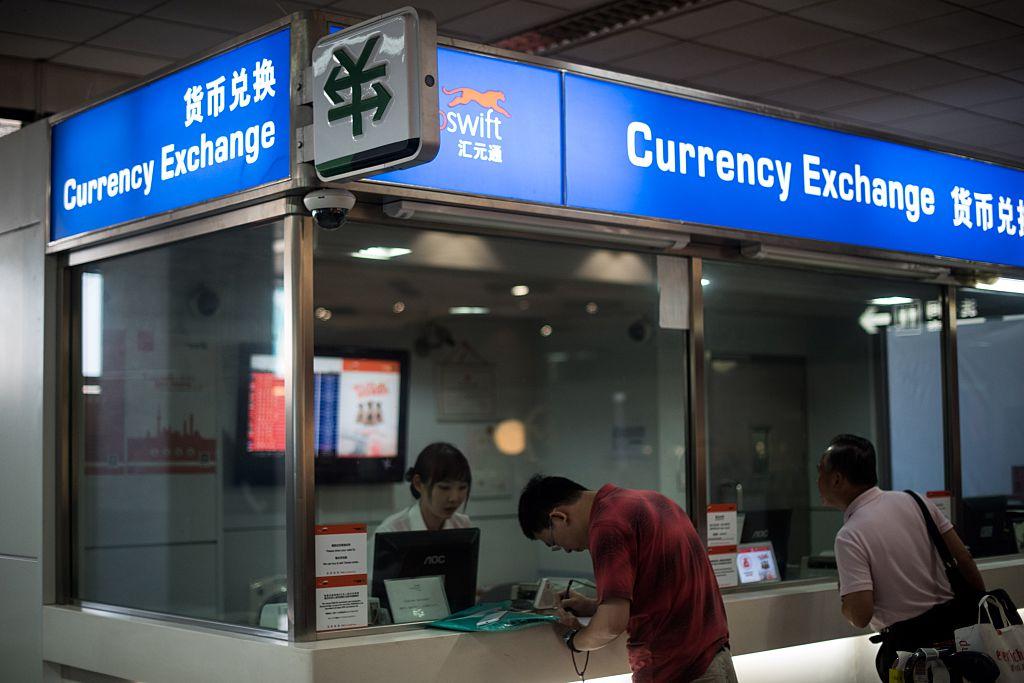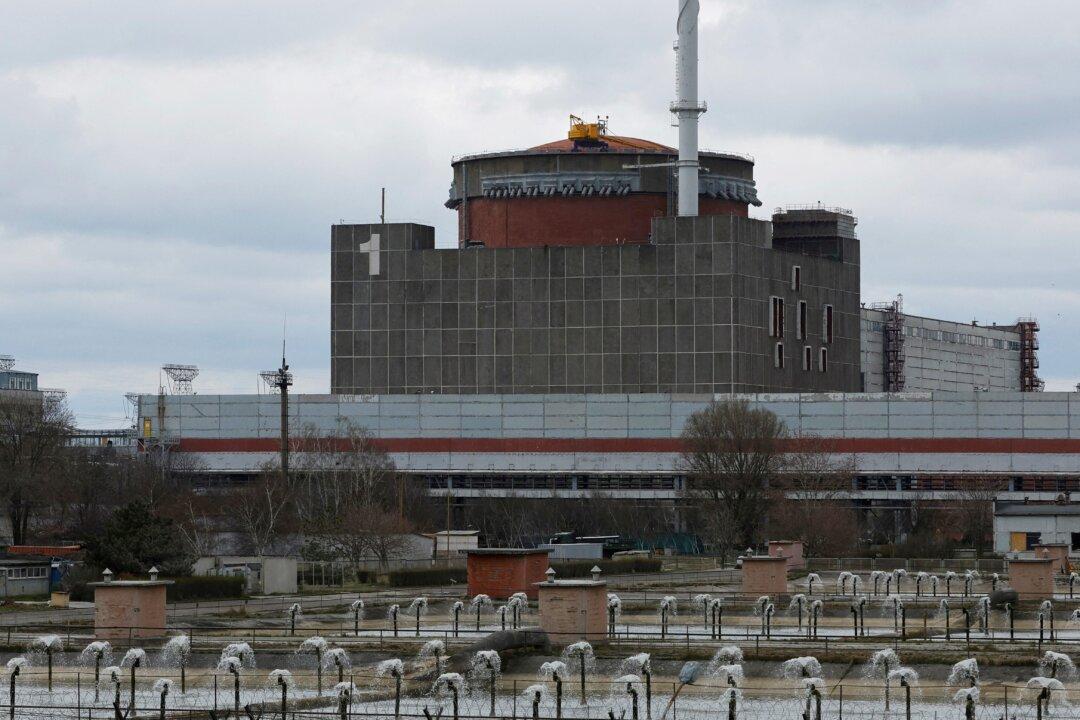News Analysis
China’s economy is growing stagnant, with the GDP growth prediction for 2023 officially assessed as the lowest in 30 years, indicating a total economic decline after the COVID-19 outbreak. Such a slump means a widening gap with the United States and a reversal of previous projections by economists that the Chinese economy would be on par with the United States by 2025 or 2030.





